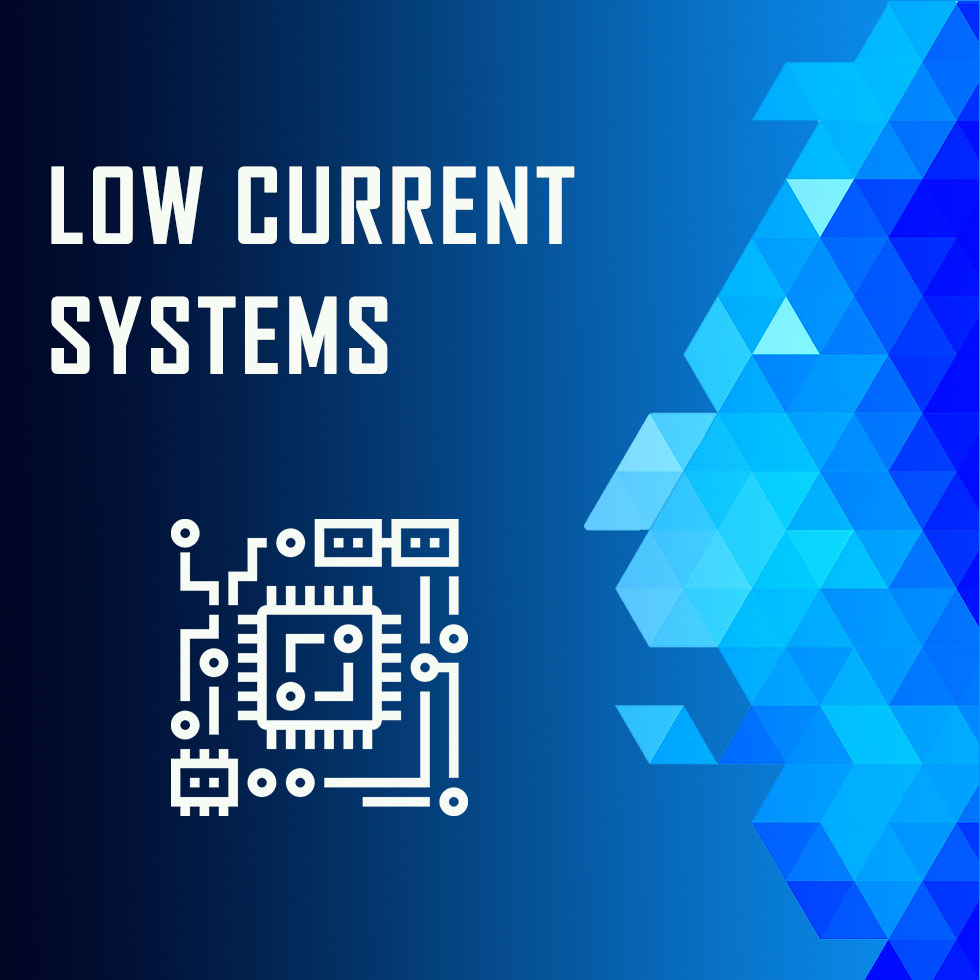Low Current Systems
Low current systems refer to the electrical systems that consume and operate at low voltage levels, typically 48 volts or less. These systems are commonly used in various sectors such as residential buildings, commercial establishments, industrial settings, and transportation systems. They play a crucial role in providing power, communication, and control functions for several applications. Here is some content on low current systems:
Understanding the Importance and Applications of Low Current Systems

Low current systems have become an integral part of modern infrastructure, serving a wide range of applications. These systems operate at low voltage levels, ensuring safety and efficient power consumption. From powering reliable communication systems to providing control mechanisms, low current systems contribute significantly to our daily lives. Let's delve deeper into their importance and applications.
Home Automation:
Low current systems play a central role in modern home automation. They enable centralized control of lighting, heating, ventilation, air conditioning (HVAC), burglar alarms, and other electronic devices. With the integration of low voltage systems, homeowners can conveniently manage their living environment while minimizing energy consumption.
Security Systems:
Security systems heavily rely on low current systems to ensure the safety of people and property. Surveillance cameras, access control systems, and intruder alarms operate at low voltage levels, effectively monitoring and protecting residential and commercial premises. These systems provide round-the-clock surveillance with minimal power requirements.
Fire Detection & Prevention:
Low current systems are crucial in fire detection and prevention mechanisms. Smoke detectors, heat sensors, and automated fire suppression systems operate at low voltage levels to detect potential fire hazards and trigger timely response actions. These systems contribute significantly to the prevention and early detection of fires, ensuring the safety of occupants.
Low current systems rely on a carefully designed combination of components to provide efficient power supply, communication, and control functions. Power supplies, cabling, control devices, communication systems, and sensors are just a few key components that make these systems work seamlessly. Proper installation and maintenance of these components are crucial for optimizing the performance and longevity of low current systems.




